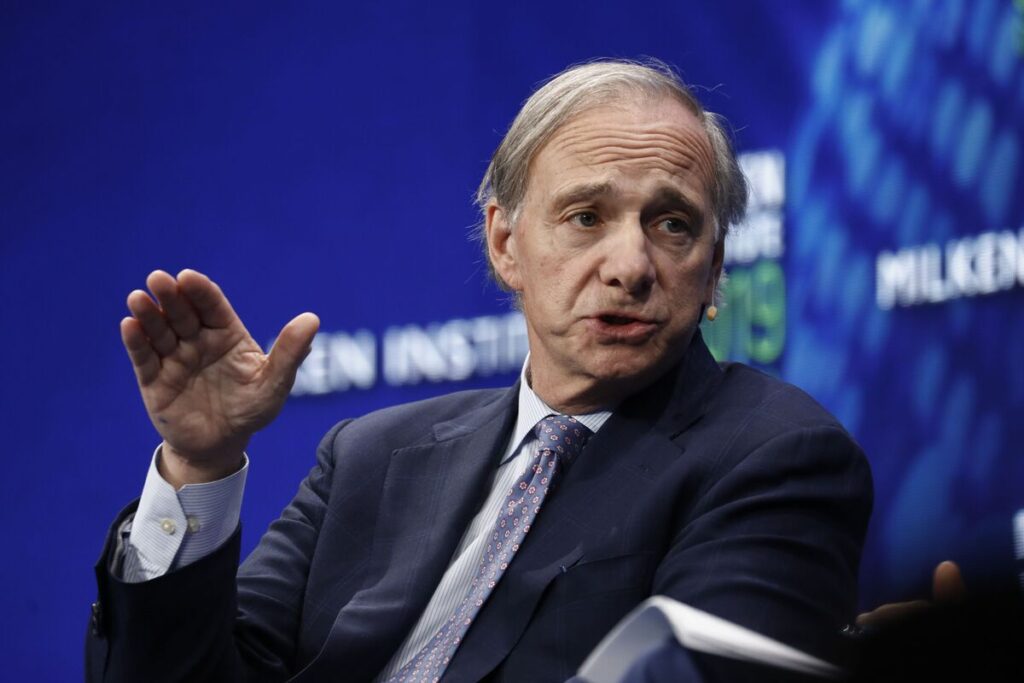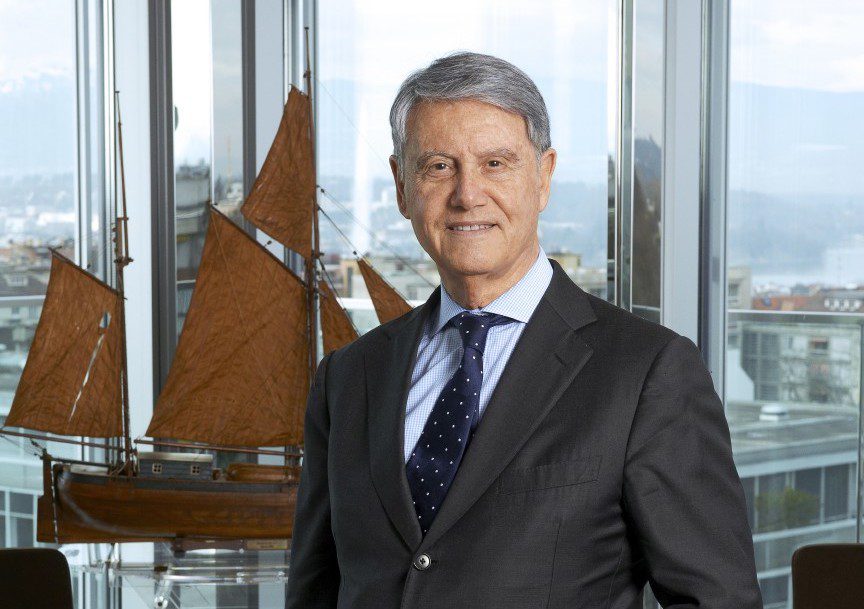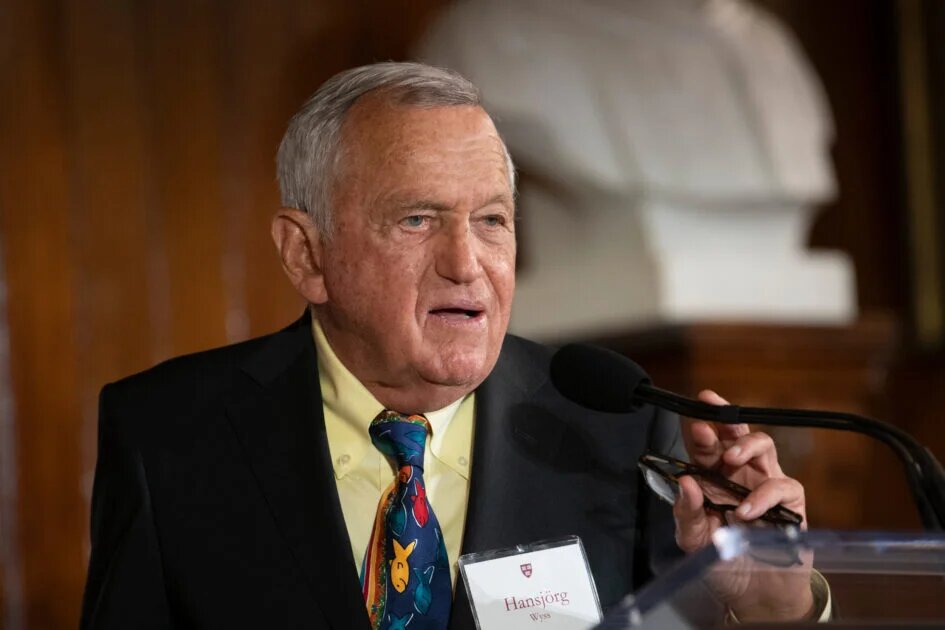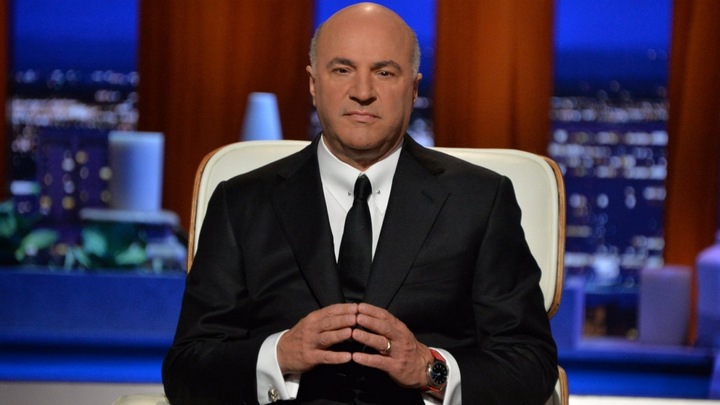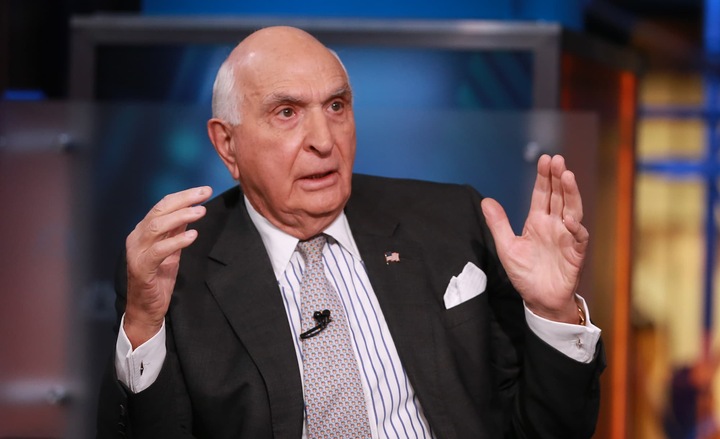The Story of Carlos Slim Helú: From Immigrant to Billionaire
What if the largest nation-building businesses were all operated by a single company? You wouldn’t have to enrich any of your competitors to purchase practically anything. That is the scenario in Mexico, home to Carlos Slim Helú, one of the richest individuals on earth.
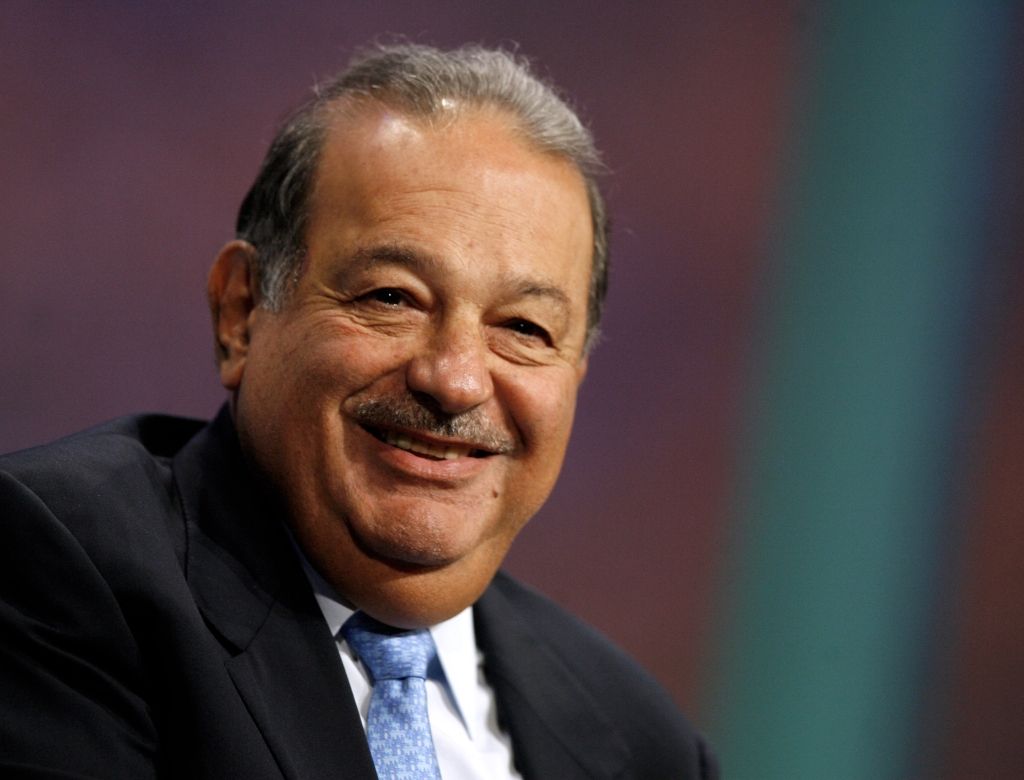
His path to wealth, estimated to be worth 83.3 billion USD by the end of July 2022 by Forbes, is an excellent example of both business savvy and political ties.
Also Read: Ray Dalio: How He Built a Multi-Billion Dollar Hedge Fund Empire
Early Years
Carlos Slim Helú was born on 28th January 1940, in Mexico. His parents, Lebanese-born Maronite Catholics Julián Slim Haddad & Linda Hel Atta, raised him.
Julian Slim seemed a natural in a community that valued trade; he started a dry products shop in 1911 that quickly expanded to carry over $100,000 of products. Throughout the 1910–1917 Mexican Revolution, he used the earnings from the shop to acquire prestigious property for a meager sum in Mexico City. Carlos had a keen interest in the company of his dad at an early age.
When Carlos was 13 years old, his father passed away. He kept working for his late father’s business. Slim had a knack for economics while he was attending college for civil engineering and pursued several economics classes in Chile after earning his degree in 1961.
At the beginning of the 1980s, peso turmoil and a sharp decrease in oil prices presented him with one of his greatest opportunities. Slim purchased several businesses at low valuations as cash fled the nation.
Achievements
Numerous additional businesses that Slim is involved with include Grupo Carso SAB, his international conglomerate. Slim’s wealth is primarily derived from the telecoms industry. América Movil, formerly known as Teléfonos de Mexico or Telmex, is owned by Slim.
The previous national telephone monopoly, Telmex, was comparable to AT&T Inc. in the United States. Through Grupo Carso, Slim served as one of the early investors in the 1990s when authorities privatized the business together with Southwestern Bell Corporation & France Télécom.
The cost was 1.8 billion USD, with Grupo Carso contributing half of that sum in exchange for a 20 percent interest. Carlos Slim gained control of Telmex while leading Grupo Carso.
By 2012, Slim’s cell phone business América Movil had acquired Telmex and turned it into a confidentially controlled subsidiary. Through its subsidiary Telcel, América Movil controls more than 80 percent of the landlines and 70 percent of the cell phone connections in Mexico.
Also Read: Gianluigi Aponte Success Story: From Sailor to Shipping Magnate
Following the implementation of fresh anti-monopoly legislation in Mexico, the corporation is now willing to dispose of assets to reduce its share of the market to under 50 percent.
Across its several divisions, América Movil serves more than simply Mexico. The most well-known company in the US is TracFone, an affordable mobile phone provider that Verizon purchased in 2021. The business owns a significant portion of Telekom Austria in Austria. Almost all of Latin America is a part of Slim’s telecommunications business.
Slim’s approach has been to acquire occasionally struggling businesses and attempt to remake them. The benefit of that strategy is that it only requires an understanding of what is underestimated as well as what isn’t, rather than necessarily requiring specific expertise in any certain area.

I am a student pursuing my bachelor’s in information technology. I have a interest in writing so, I am working a freelance content writer because I enjoy writing. I also write poetries. I believe in the quote by anne frank “paper has more patience than person
